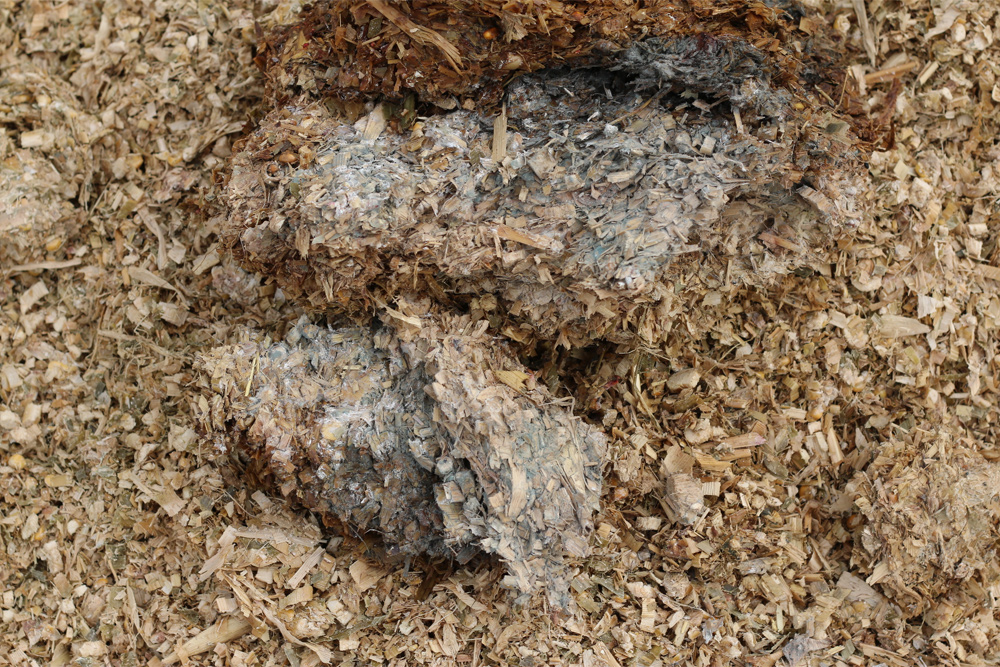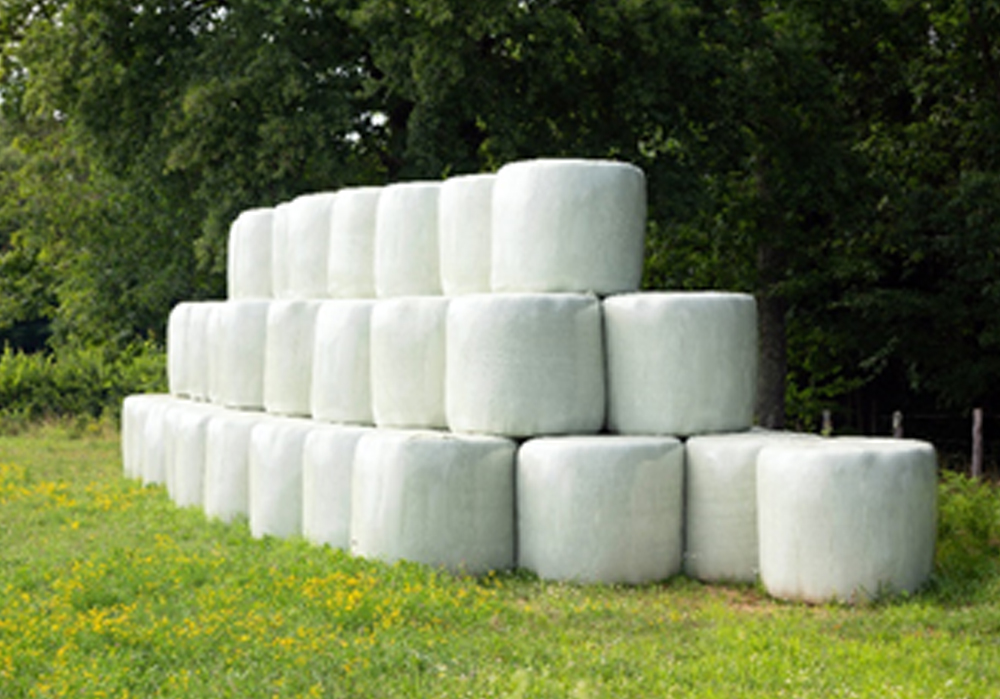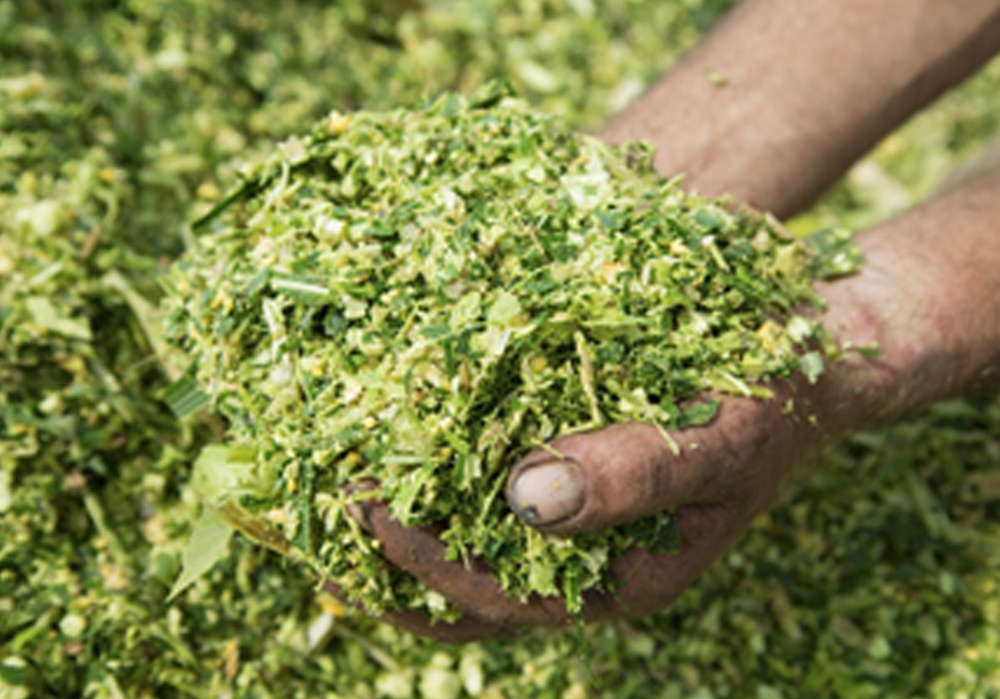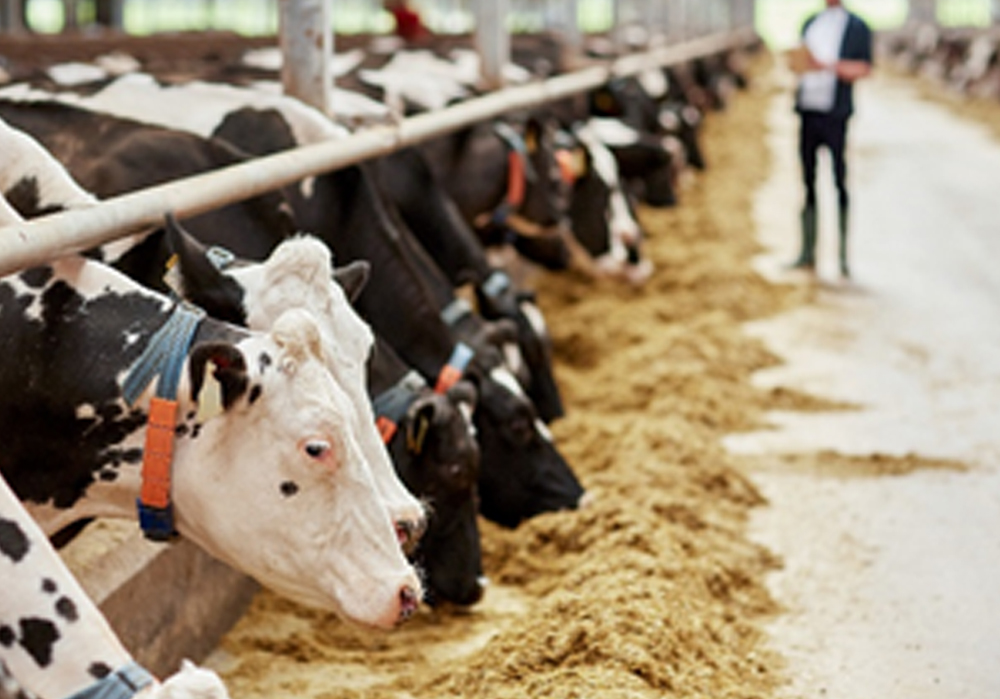FACTORS AFFECTING SILAGE QUALITY

Good animal performance depends on silage quality, which also lowers winter feed costs and boosts profitability during the housing season. The majority of winter feeding program in our country are based on grass silage, and proper intake of high-quality silage is a key aspect in ensuring that animals perform satisfactorily.
The caliber of your silage determines how much meal is fed on your farm. Therefore, while planning your winter feed and choosing the most cost-effective concentrate supplement, knowing the quality of your silage must be the first step.
Silage produced this year under unfavorable circumstances may have low dry matter, low digestibility (energy value), low crude protein, high amounts of ammonia, and high acidity. Due to these silage properties, animals will perform poorly and consume less dry matter. By having this knowledge before you begin feeding animals, you can accurately determine what more feed you need. This is crucial during years like this one, when some farms may also be facing a fodder scarcity and may need to restrict supplies or supplement meals more heavily.
Several factors can affect the preservation, fermentation and quality of silage.
Plant respiration consumes water-soluble carbohydrates (mainly sugars) until there is no more oxygen left in the forage mass. To create a low pH and stable silage, bacteria digest these sugars as the main carbohydrates, converting them to lactic and acetic acids. In general, forages may not achieve a pH low enough to produce stable, high-moisture silage if there are fewer than 5 to 8 percent water-soluble carbohydrates in the dry matter (DM). Sugar concentrations above 5% DM are typically found in corn, sorghum, sorghum-Sudan hybrids, and cool-season annual grasses, and silage that is good and stable is frequently produced.
Warm-season perennial grasses and legumes are examples of forage crops with low sugar content. Legumes’ high protein content buffers (slows) the pH decrease from 5.5 to 4.5 during ensiling. These forages are therefore more challenging to ensile and should be wilted to 35 to 45 percent DM before ensiling, which might be difficult if bunkers are utilized. Such forages may also benefit from the use of an additive or inoculant.
As packing density drops, silage shrinkage (DM loss) rises, and inadequate packing density can also lessen the efficacy of silage inoculants. To reduce shrinkage, a goal packing density of 15 lb. of DM per ft3 (or 43 lb. of fresh forage per ft3 if silage is 35 percent DM) is needed. According to studies from Kansas State University, employing supply rates of around 30 tons/hour and aiming for a packing time of one to four minutes per ton will result in the best packing density (wet weight). Packing periods of less than one minute per ton will result from delivery rates over 60 tones per hour, which may diminish packing density. Avoid using high delivery rates that leave silage unpackaged overnight.

Planning harvesting on dry days is advisable because even little rains might affect the quality of the silage. Forages with too much moisture (more than 70%) or not enough moisture.
It is a good idea to wilt high-moisture forage to at least 35 percent dry matter (DM) in order to lower clostridial fermentations. Wilting typically produces high-quality silage, especially when the sugar concentration is low and the pH decrease buffering is strong. Bermuda grass, legumes, sorghum-Sudan, and millet forages are frequently only 20 to 25 percent DM at the time of cutting, therefore wilting is typically required before ensiling.
Under 100°F is the ideal internal temperature for fermentation. Silage of lower quality is frequently a result of higher temperatures. Temperatures above 100°F may worsen protein degradation, lower the quality of the fermentation, and slow down the rapid pH decrease required for effective fermentation.
Silages that have been overheated or heat-damaged are brown to dark brown in color and smell like tobacco. Heat-damaged silages include complexes of protein and carbohydrates that are less easily digested. The amount of heat-damaged protein is influenced by both the temperature and the duration of an increased temperature. Heat-damaged silage may taste good, but cattle won’t be able to use all of the protein and energy it contains.
To obtain a chop length of 3/8 inch for unprocessed corn silage and 3/4 inch for processed corn silage, precision-chop forage harvesters with sharp knives should be employed. The energy in the corn kernel is more effectively utilized when it has been processed. For flint corn or hybrids with hard kernels, high virtuousness, high dry-down rates, or high stay-green rankings, processing is indicated. Processing can increase the digestibility of starch by around 5 percentage units, which can result in an increase in milk production of more than 1 lb. per day. Because excessive processing can lower fiber digestibility and put cows at risk for acidosis, the roll clearance of processors should be set to 1-3 mm.

This is because insufficient processing may not sufficiently break down kernels and release the starch, which is an excellent source of energy. In research experiments, processing forage sorghum hybrids before ensiling has not consistently yielded advantages.
Air exposure
Making high-quality silage requires minimizing air (oxygen) intrusion during ensiling. After harvest, the forage mass contains air, which permits the respiration process to continue and depletes the sugars needed for the fermentation. During storage, air exposure promotes the growth of yeast and mould on exposed surfaces as well as underneath them. Additionally, exposure to air during feeding causes heating, rapid yeast and mould growth, and decreased palatability. On the day of harvest, bunkers and bags should be sealed to stop further rotting and quality losses. Following sealing, the integrity of the bag and bunker plastic should be regularly checked, and any holes or splits should be patched right away using appropriate waterproof silage tape. The plastic should be weighed down and kept from receiving air from bunker or drive-over-pile silos using the sidewalls of the tires that are touching.
Within 24 to 48 hours of a silo being opened, silage at the silo face should be fed. Summertime temperatures that are higher shorten the silage’s bunk life and accelerate aerobic deterioration. Silage should be covered or kept tightly packed while being fed, and daily removal of at least 8 to 12 inches of the exposed surfaces is recommended.
Deciding the best way to source your maize silage is a complex decision. A large number of factors including seed variety, crop production, disease control, crop yields, plant to grain ratio, harvesting stage, chopping equipment, inoculant quality, packing/baling technique influence the quality of silage. So, the production of your herd depends on the quality of silage you are feeding.
It’s essential to provide the energy necessary to maintain body condition and the energy necessary for each cow to reach its milk production potential. Silage is an important nutritional tool for achieving those targets and dairy cows require lots of energy to preserve body condition and maximize milk yields. High quality Dasan silage is an abundant source of energy, protein and fibre that aids rumen health. Dasan silage increases and maintains cow condition, extends its lactation, it overcomes fodder deficiency and maximize pasture utilization.
We maintain multiple factors including seed variety, crop production, disease control, crop yields, plant to grain ratio, harvesting stage, chopping equipment, inoculant quality, packing/baling technique while making Dasan silage.

